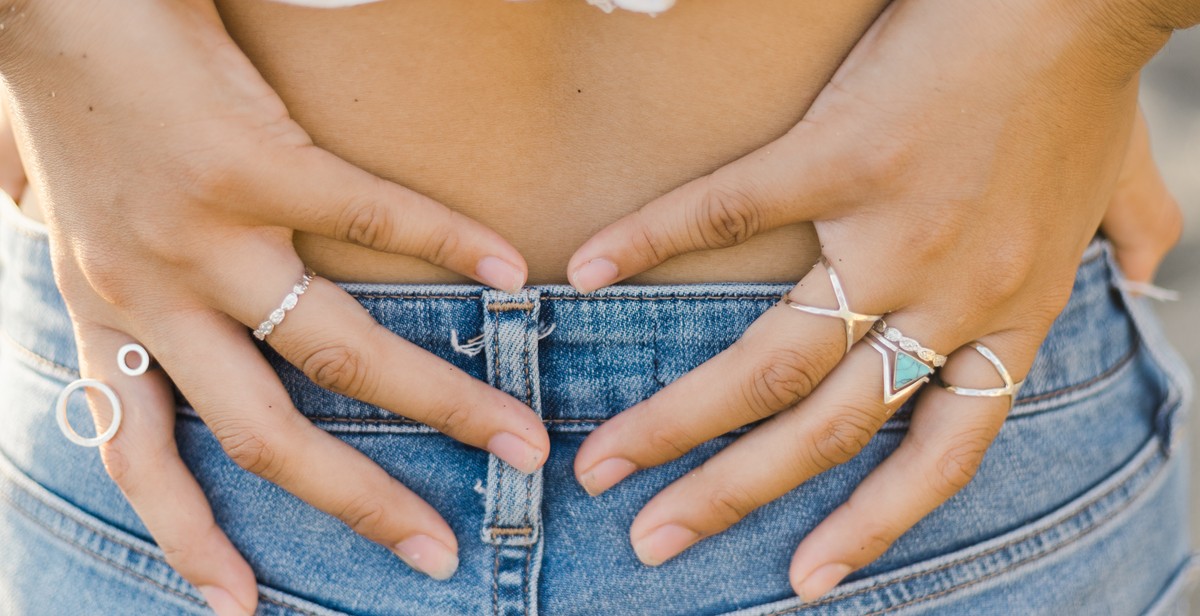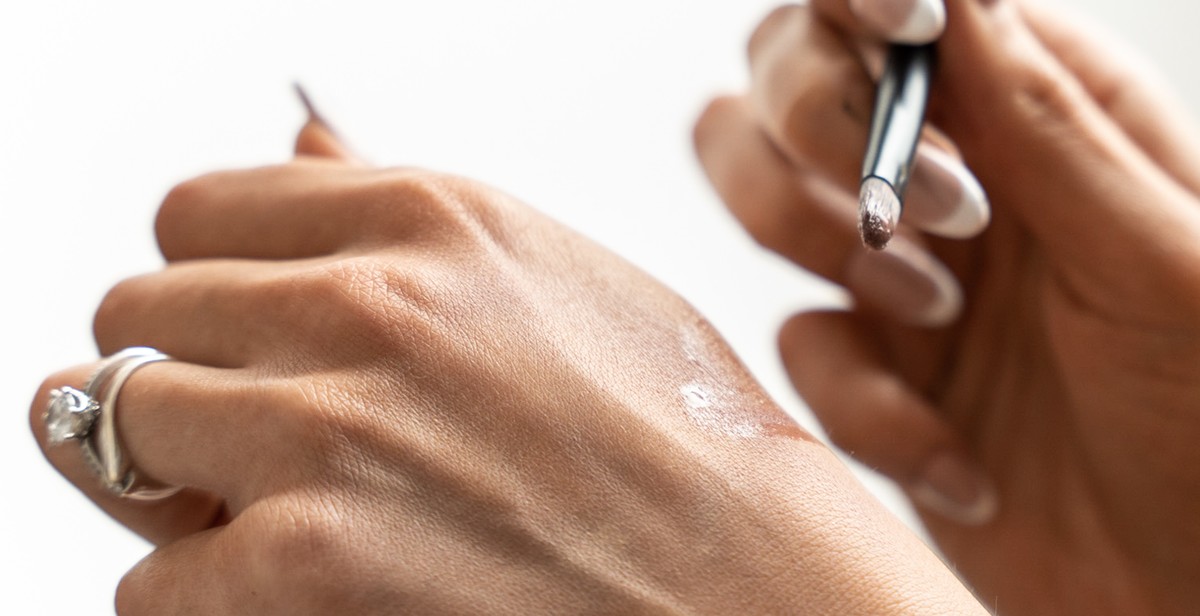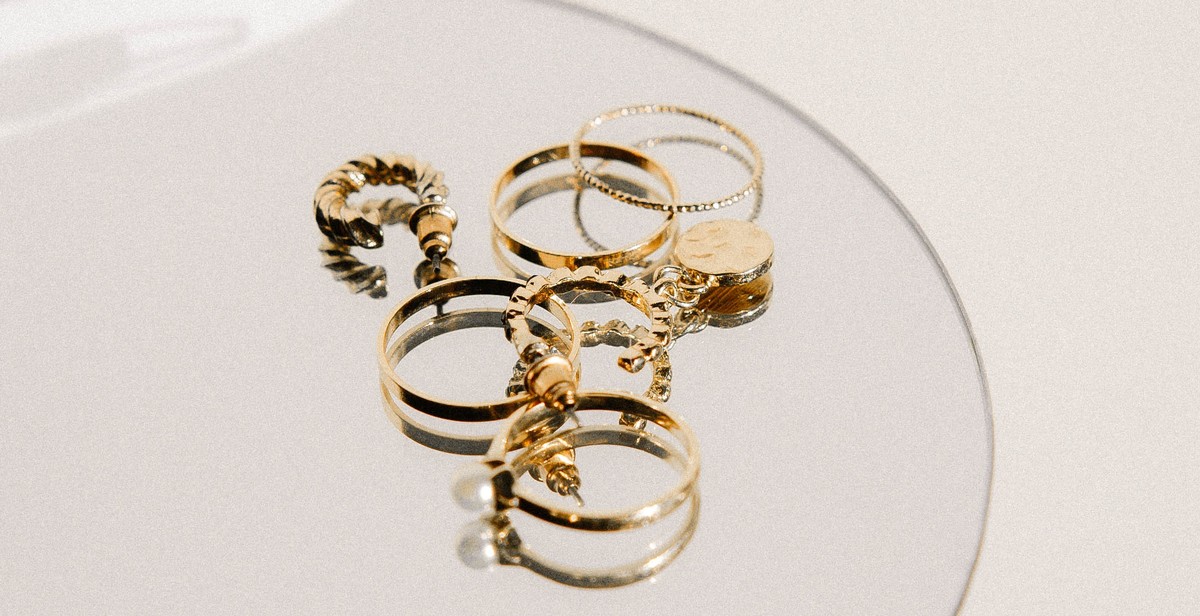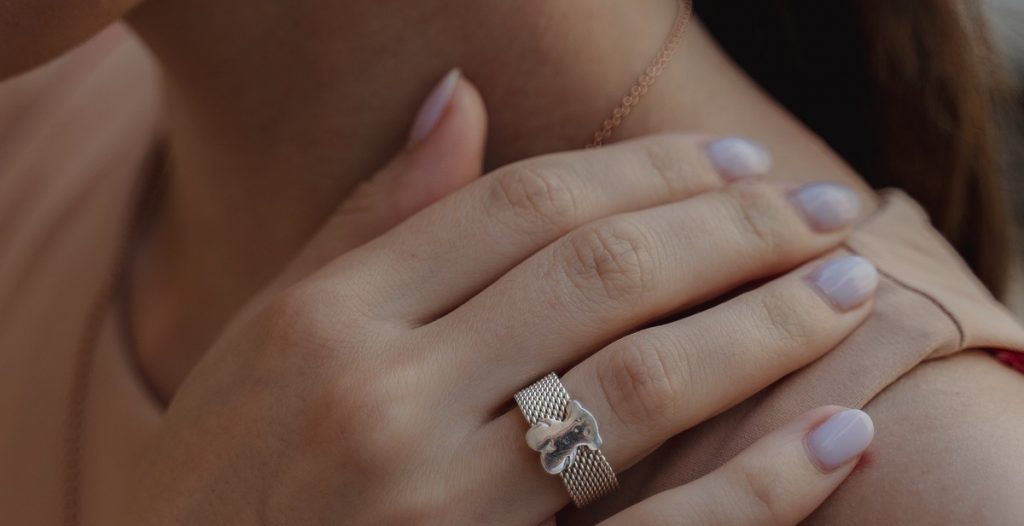The Ultimate Guide to Understanding Jewelry Metals and Alloys
Jewelry is an essential part of any fashion statement, and it is essential to understand the different types of metals and alloys used to make it. Whether you’re shopping for an engagement ring or just looking for a new necklace, understanding the characteristics of each type of metal can help you make an informed decision.
In this ultimate guide, we will walk you through the most common metals and alloys used in jewelry making, including their unique properties, durability, and care instructions. We will also explore the history and cultural significance of these materials, so you can appreciate the craftsmanship and artistry that goes into each piece.
From classic yellow gold to trendy rose gold, from sterling silver to platinum, we will cover everything you need to know about the metals and alloys used in jewelry. We will also provide tips on how to choose the right metal for your skin tone, lifestyle, and personal style.
Whether you’re a jewelry enthusiast or a curious beginner, this guide will provide you with valuable insights and knowledge that will help you make informed decisions when purchasing your next piece of jewelry.

Understanding Jewelry Metals
When it comes to buying jewelry, understanding the different types of metals and alloys is essential. Different metals and alloys have different properties that affect their durability, color, and price. This guide will help you understand the most popular types of jewelry metals: Gold, Silver, and Platinum.
Gold
Gold is the most popular metal used for jewelry making. It is a soft metal that is easy to work with and can be alloyed with other metals to create different colors and hardness. The most common gold alloys used in jewelry making are:
- Yellow Gold: This is the most traditional gold color and is made by mixing pure gold with copper and zinc.
- White Gold: This is made by mixing pure gold with nickel, palladium, or silver. It is a popular alternative to platinum because it has a similar look but is less expensive.
- Rose Gold: This is made by mixing pure gold with copper. It has a pinkish hue that is very popular in vintage and antique jewelry.
Gold is measured in karats, which indicates the percentage of pure gold in the alloy. 24 karat gold is pure gold, but it is too soft for jewelry making. Most jewelry is made with 14 karat or 18 karat gold, which is a mix of gold and other metals.
Silver
Silver is a popular metal for jewelry making because it is affordable and has a bright, shiny finish. It is a soft metal, so it is often alloyed with other metals to increase its durability. The most common silver alloys used in jewelry making are:
- Sterling Silver: This is the most popular silver alloy used in jewelry making. It is made by mixing pure silver with copper. Sterling silver is 92.5% silver and 7.5% copper.
- Argentium Silver: This is a newer type of silver alloy that is more tarnish-resistant than sterling silver. It is made by mixing pure silver with germanium.
Silver is also measured in karats, but the term is not as commonly used as it is for gold. Instead, silver is usually labeled as .925 (which is sterling silver) or .999 (which is pure silver).
Platinum
Platinum is a rare and expensive metal that is known for its durability and strength. It is a popular choice for engagement rings and wedding bands because it is hypoallergenic and does not tarnish. Platinum is heavier than other metals, so it feels substantial when worn.
Platinum is usually alloyed with other metals, such as iridium, ruthenium, or cobalt. The most common alloy is 95% platinum and 5% other metals.
Platinum is measured in parts per thousand, so a piece of jewelry that is labeled as “950 platinum” is 95% platinum and 5% other metals.
| Metal | Durability | Color | Price |
|---|---|---|---|
| Gold | Soft, can scratch and bend easily | Yellow, White, Rose | Less expensive than platinum |
| Silver | Soft, can scratch and tarnish easily | Bright, shiny | Less expensive than gold and platinum |
| Platinum | Durable, scratch-resistant | Gray-white | More expensive than gold and silver |

Understanding Jewelry Alloys
When it comes to jewelry, the metal used to create it is just as important as the design itself. Jewelry metals and alloys are responsible for creating the unique color, durability, and strength of a piece. In this section, we will explore the most commonly used jewelry alloys, including sterling silver, white gold, and rose gold.
Sterling Silver
Sterling silver is a popular choice for jewelry making due to its affordability and durability. It is composed of 92.5% silver and 7.5% other metals, usually copper, which gives it strength and durability. Pure silver is too soft to be used in jewelry making, so the addition of other metals is necessary to make it more durable. Sterling silver is known for its bright, shiny appearance and is often used in earrings, necklaces, bracelets, and rings.
White Gold
White gold is a mixture of pure gold and other white metals such as nickel, zinc, and palladium. The amount of gold in white gold can vary, but it is typically around 75% gold. The addition of other metals gives white gold its signature white color. It is a popular choice for engagement rings and wedding bands due to its durability and classic appearance.
Rose Gold
Rose gold is a mixture of pure gold and copper, which gives it its unique pinkish-red hue. The amount of copper used can vary, which affects the intensity of the color. Rose gold is often used in vintage and antique-style jewelry and has become increasingly popular in recent years. It is a durable and affordable option for those looking for a unique and romantic jewelry piece.
Conclusion
Understanding the different types of jewelry alloys can help you make an informed decision when purchasing jewelry. Whether you are looking for affordability, durability, or a unique color, there is a jewelry alloy that will meet your needs.

Factors to Consider When Choosing Jewelry Metals and Alloys
Choosing the right metal or alloy for your jewelry is an essential aspect of making the right purchase. There are several factors to consider when selecting the appropriate metal or alloy for your jewelry. This section will discuss the three main factors to consider when selecting jewelry metals and alloys: skin tone, durability and maintenance, and personal style.
Skin Tone
When selecting jewelry metals and alloys, consider your skin tone. The metal or alloy you choose can complement or clash with your skin tone. For instance, if you have cool skin tones, silver, white gold, and platinum can complement your skin tone. On the other hand, if you have warm skin tones, yellow gold, rose gold, and copper can complement your skin tone. It is important to choose a metal or alloy that complements your skin tone to bring out the best in you.
Durability and Maintenance
The durability and maintenance of jewelry metals and alloys are vital factors to consider when making a purchase. Some metals and alloys are more durable than others, and some require more maintenance than others. For instance, platinum and gold are highly durable and require minimal maintenance, while silver and copper are less durable and require more maintenance. It is important to choose a metal or alloy that matches your lifestyle and your ability to maintain it.
Personal Style
Your personal style is an essential factor to consider when selecting jewelry metals and alloys. The metal or alloy you choose should match your personal style and preferences. For instance, if you prefer a classic and timeless style, gold and platinum are excellent options. If you prefer a modern and trendy style, silver and stainless steel are great options. It is important to choose a metal or alloy that matches your personal style to ensure that you feel comfortable and confident wearing your jewelry.
| Factors | Metal/Alloy |
|---|---|
| Skin Tone | Silver, white gold, platinum (cool skin tones); yellow gold, rose gold, copper (warm skin tones) |
| Durability and Maintenance | Platinum and gold (highly durable, minimal maintenance); silver and copper (less durable, more maintenance) |
| Personal Style | Gold and platinum (classic and timeless style); silver and stainless steel (modern and trendy style) |

Conclusion:
Understanding jewelry metals and alloys is crucial for anyone who wants to buy or sell jewelry. With so many different types of metals and alloys available, it can be difficult to know which one is right for you. By understanding the properties of each metal and alloy, you can make an informed decision about which one to choose.
Gold, silver, and platinum are the most popular metals for jewelry. Each of these metals has its unique properties and characteristics that make it ideal for certain types of jewelry. For example, gold is a soft and malleable metal, making it perfect for intricate designs. Silver is a more affordable alternative to gold and has a bright, shiny finish. Platinum is an extremely durable metal that is perfect for high-end jewelry.
Other metals and alloys like stainless steel, titanium, and tungsten carbide are gaining popularity in the jewelry industry. These metals are durable, scratch-resistant, and affordable, making them ideal for everyday wear.
When choosing a metal or alloy for your jewelry, it’s essential to consider your budget, lifestyle, and personal preferences. Whether you’re looking for a classic gold ring or a trendy stainless steel bracelet, there’s a metal or alloy that’s perfect for you.
- Gold is a soft and malleable metal, perfect for intricate designs
- Silver is a more affordable alternative to gold and has a bright, shiny finish
- Platinum is an extremely durable metal that is perfect for high-end jewelry
- Stainless steel, titanium, and tungsten carbide are gaining popularity in the jewelry industry due to their durability, scratch-resistance, and affordability
With this guide, you now have a better understanding of jewelry metals and alloys. So, whether you’re buying or selling jewelry, you can make an informed decision and choose the perfect metal or alloy for your needs.

